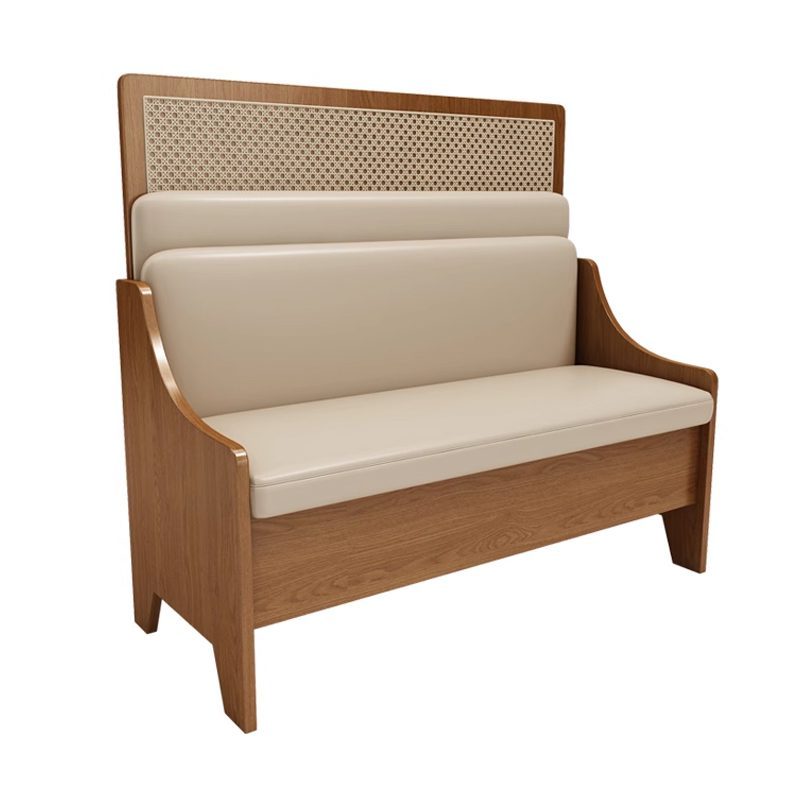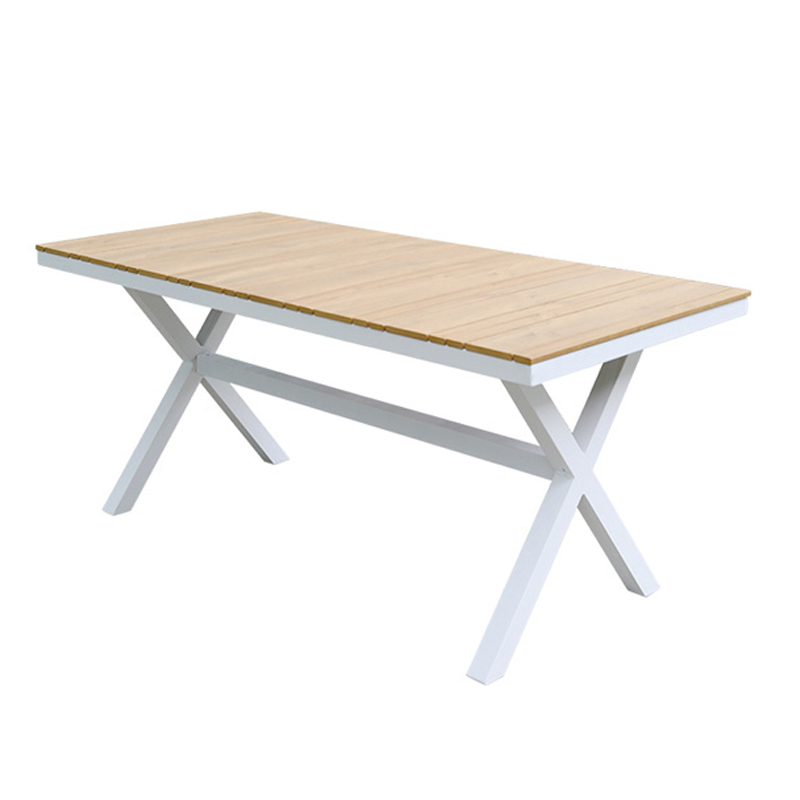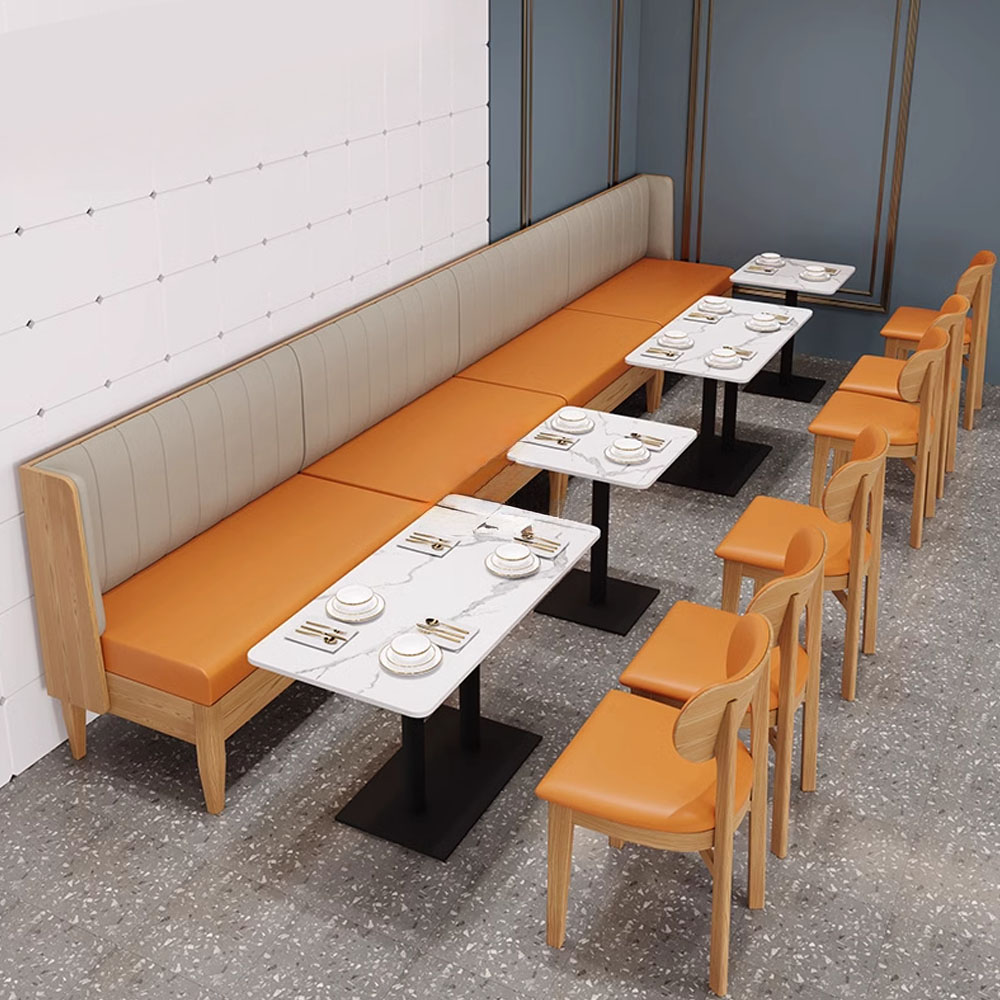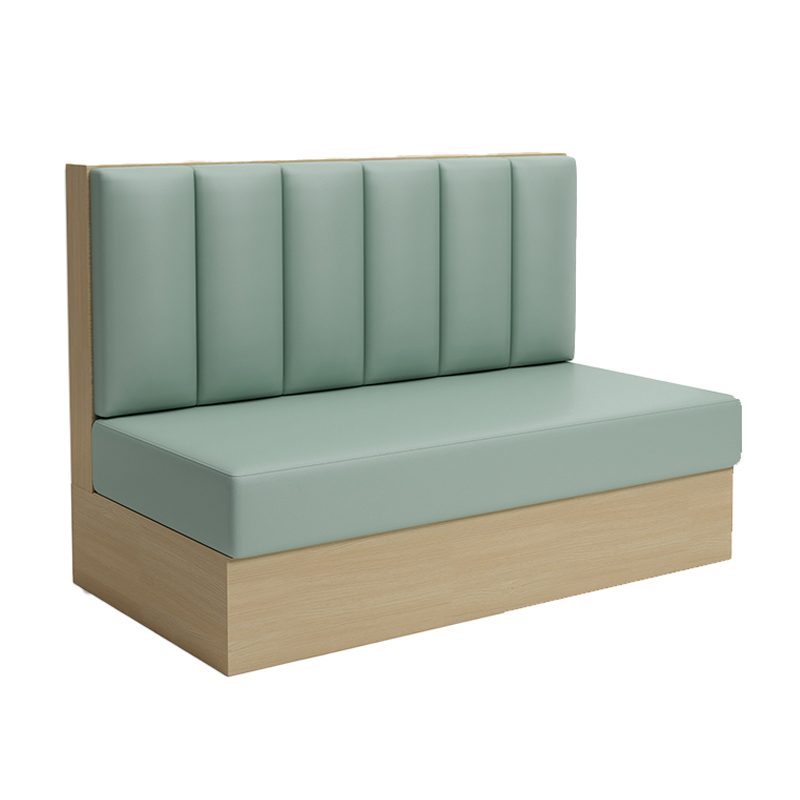Restaurant booth manufacturers play a critical role in shaping the comfort, style, and profitability of modern dining spaces. On a busy Friday night, the booths in your restaurant aren’t just seats — they’re strategic assets that influence guest satisfaction, table turnover, and brand image. The difference between a booth that lasts 15 years and one that wears out in 18 months often comes down to choosing the right manufacturer. As a professional supplier serving cafés, national chains, and fine dining venues, we’ve seen firsthand how the right booth design and build quality can transform both customer experience and your bottom line.
As a professional booth manufacturer serving cafés, chains, and fine dining venues, we know that choosing the right partner is both a design decision and a business investment. This 2025 buyer’s guide will walk you through the critical steps, materials, and processes that separate average seating from exceptional commercial booths.

Step 1: Define Your Project Scope and Seating Goals
Before engaging any restaurant booth manufacturers, establish clear parameters:
- Seating capacity targets — e.g., adding 15% more seats without compromising comfort.
- Operational objectives — faster table turnover or longer dining times.
- Target demographic — family-friendly layouts differ from high-end lounge booths.
- Space constraints — account for ADA accessibility and service paths.
Professional manufacturers can use your floor plan to propose CAD-based booth layouts that balance space efficiency with guest comfort.

Step 2: Choose the Right Booth Configuration
Common booth types include:
| Booth Type | Description | Best For |
|---|---|---|
| Single Booth | Seats along one wall | Narrow spaces |
| Double Booth | Back-to-back seating | Maximizing capacity |
| L-Shaped Booth | Wraps around a corner | Group dining |
| U-Shaped Booth | Encircles a table | VIP or private dining |
| Custom Shapes | Built to fit unique layouts | Branding and design features |
Professional restaurant booth manufacturers will advise on spacing:
- Standard seat depth: 18–20 inches
- Table-to-seat clearance: 12–14 inches
- Back height: 36–42 inches (for acoustics and privacy)
Step 3: Materials and Performance Standards
The choice of materials impacts both aesthetics and long-term ROI:
Frames
- Kiln-dried hardwood: Resists warping, ideal for high-traffic dining.
- Commercial-grade plywood: Lighter weight, cost-effective.
- Powder-coated steel: Maximum durability, ideal for fast-casual.
Upholstery
- Contract-grade vinyl: Easy to clean, >200,000 double rubs abrasion rating.
- Fabric blends: Breathable but require stain protection.
- Genuine or eco-leather: Premium look, needs conditioning.
Cushions
- High-resilience foam (HR): Maintains shape for 8–12 years.
- Density rating: 2.5–3.0 lb/cu ft for commercial use.
Top-tier manufacturers also comply with CAL TB 117-2013 (fire resistance) and offer antimicrobial treatments for hygiene.

Step 4: Craftsmanship and Quality Control
The best booths are built with joinery techniques like mortise-and-tenon or reinforced dowels, not just nails and staples. CNC-cut components ensure precision, and frames are often assembled with industrial adhesives in addition to mechanical fasteners.
Quality checks at the factory should include:
- Frame stability tests
- Upholstery seam inspection
- Load-bearing capacity (at least 250 lbs per seat)
- Level and alignment checks
Step 5: Pricing, Lead Times, and Logistics
When comparing restaurant booth manufacturers, evaluate:
- Lead times — standard is 4–8 weeks, custom projects may take longer.
- MOQ (Minimum Order Quantity) — Some accept single units; others require bulk.
- Pricing structure — Base price plus customization surcharges.
- Shipping and installation — Crated packaging, moisture protection, and white-glove delivery.
For multi-location chains, staggered delivery and batch production can reduce downtime during renovations.
Step 6: After-Sales Service and Longevity
Reliable manufacturers provide:
- Replacement parts (cushions, panels)
- Reupholstery services
- Maintenance guidelines for cleaning agents and seasonal inspections
A well-maintained booth can last over a decade, with reupholstery extending its life cycle and keeping your space fresh.
Professional Tips from the Factory Floor
- Plan acoustics early — High backs with sound-absorbing materials improve guest comfort.
- Test prototypes — Sit in sample booths before bulk orders to check comfort and height.
- Color match under lighting — Restaurant lighting can alter fabric and vinyl tones.
- Invest in corner booths — They’re customer favorites and often the first to be requested.
FAQ
Q: What’s the average lifespan of a commercial booth?
A: 8–15 years, depending on materials, usage, and maintenance.
Q: Can I order fully custom dimensions?
A: Yes, reputable manufacturers can build to exact specifications from CAD drawings.
Q: Is overseas manufacturing a good option?
A: It can save costs, but ensure quality control visits and clear shipping protection standards.
Envision Your Dining Space in 2025
Picture your restaurant during peak hours: booths filled with relaxed guests, cushioned seats maintaining their shape after years of service, upholstery still matching your brand colors perfectly. This is what working with the right restaurant booth manufacturers achieves.
Whether outfitting a single location or an entire chain, your seating should be a strategic asset — one that blends craftsmanship, comfort, and brand identity into every dining experience.
If you’re ready to create booths that perform as well as they look, partner with a manufacturer who understands that every inch of your seating impacts your bottom line.
插图建议4(alt: customers enjoying meals in high-quality custom restaurant booths)


 English
English Zulu
Zulu Igbo
Igbo Yoruba
Yoruba Xhosa
Xhosa Afrikaans
Afrikaans Sesotho
Sesotho Thai
Thai Vietnamese
Vietnamese Indonesian
Indonesian Malay
Malay Lao
Lao Myanmar
Myanmar Khmer
Khmer Turkish
Turkish Hausa
Hausa Portuguese
Portuguese Hindi
Hindi Arabic
Arabic Russian
Russian Japanese
Japanese Chinese
Chinese











